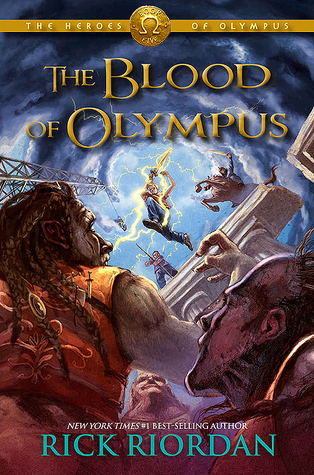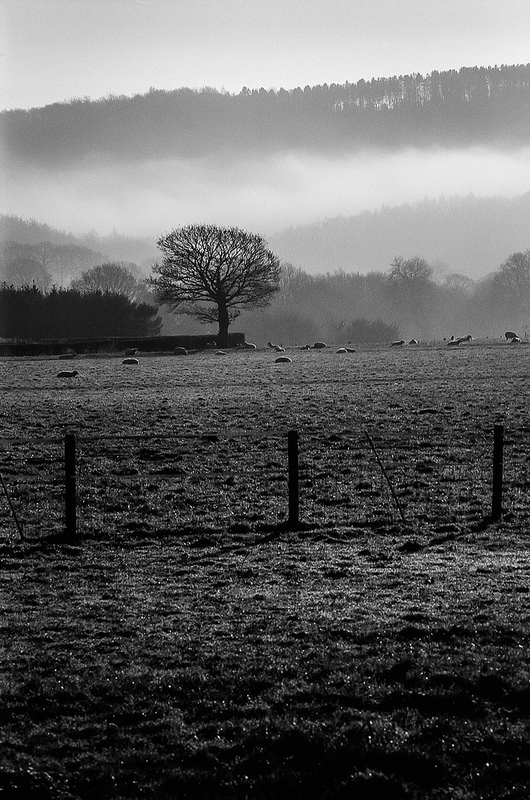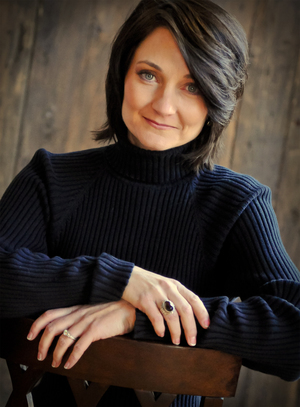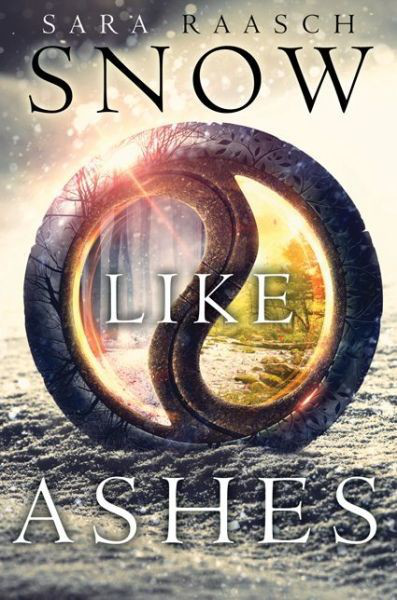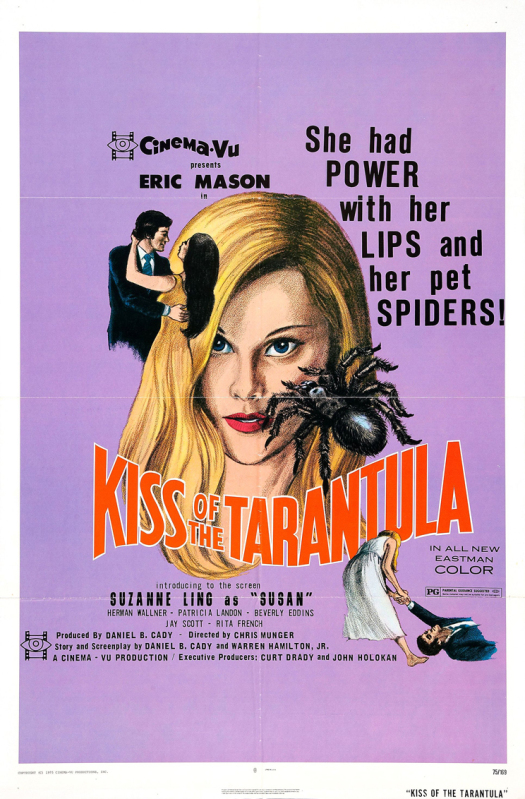 Rev Murray’s chalice – note Communion wafer above it. St Nicholas churchyard, Chislehurst
Rev Murray’s chalice – note Communion wafer above it. St Nicholas churchyard, Chislehurst©Carole Tyrrell
The first symbol of 2018 is the chalice. It’s traditionally associated with the Church and the Communion and is often found on rectors and priests headstones for obvious reasons. Almost like having the tools of their trade close at hand so to speak.
I found the fine example above in the churchyard of St Nicholas in Chislehurst. Note the communion wafer on top of the well sculpted 3D sculpture of the goblet. This headstone is dedicated to a former rector of the Church, Rev Francis Henry Murray and this little corner is almost an ecclesiastical enclave. There are three other former Rectors buried here as well as a former Bishop of Singapore and an Archdeacon of Bromley. Rev Murray’s wife is buried alongside him under the grapevine and crown of thorns symbols and behind them is buried their son, Lieutenant Herbert Francis Murray who was lost at sea on 7 September 1870 on the HMS Captain and his monument features a large anchor. There are two gleaming brass wall tablets inside the church dedicated to each of them respectively.
 The Murray group – Rev Murray, Mrs Murray with the grapevine and their son. Lieutenant Herbert Francis – the one with the anchor behind them. St Nicholas churchyard, Chislehurst
©Carole Tyrrell
The Murray group – Rev Murray, Mrs Murray with the grapevine and their son. Lieutenant Herbert Francis – the one with the anchor behind them. St Nicholas churchyard, Chislehurst
©Carole Tyrrell
 Rev Murray’s monument in full. St Nicholas churchyard, Chislehurst
©Carole Tyrrell
Rev Murray’s monument in full. St Nicholas churchyard, Chislehurst
©Carole Tyrrell
 Rev Murray’s epitaph. St Nicholas churchyard, Chislehurst.
©Carole Tyrrell
Rev Murray’s epitaph. St Nicholas churchyard, Chislehurst.
©Carole Tyrrell
 Mrs Murray’s monument [ Note the grapevine and crown of thorns. There was lettering in the centre of the crown of thorns but it was no longer legible. St Nicholas churchyard, Chislehurst/
©Carole Tyrrell
Mrs Murray’s monument [ Note the grapevine and crown of thorns. There was lettering in the centre of the crown of thorns but it was no longer legible. St Nicholas churchyard, Chislehurst/
©Carole Tyrrell
Chalices, goblets or cups – whatever you want to call them – have been used in religious and other important ceremonies for thousands of years and are also associated with the Last Supper and the Holy Grail. In Matthew 26:27:
While they were eating, Jesus took bread, and when he had given thanks, he broke it and gave it to his disciples, saying, “Take and eat; this is my body.”
Then he took a cup, and when he had given thanks, he gave it to them, saying, “Drink from it, all of you..”
During the Communion worshippers drink wine from the chalice as a representation of Christ’s blood and then eat the communion wafer
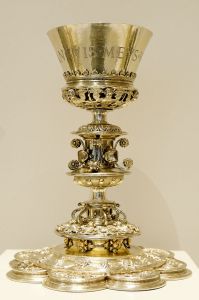 From Salinas, Spain
From Salinas, SpainShared from wikipedia. Creative Commons
after it has been dipped in the wine as an interpretation of his body. Chalices are often made from gold or silver, hexagonal in shape and can be decorated with semi-precious stones as with this example from Spain. It’s very ornate with the inscription ‘Sanguinis meus vere est petus’ . This translates to ;My blood is drink indeed’ from John 6:55. This was made for the church of John the Baptist, Salinas Spain.
They can also be heavily decorated in other ways as with this one from 6th century Italy.
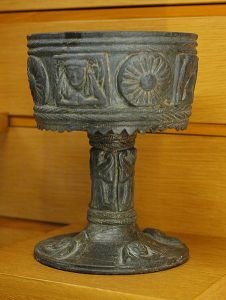 Etruscan chalice from Bucchero – 6th century BC.
Etruscan chalice from Bucchero – 6th century BC.Shared under Wikipedia Creative Commons
In the Sufi faith the chalice takes centre stage as it represents the sharing of blessings such as water and milk and this brings the desert nomad and steppe peoples together. It also appears within Wicca and Paganism where it represents the Goddess as water is a feminine element. In some Byzantine and Gothic imagery, the chalice can also be a protective symbol as, anyone holding a chalice is demonstrating that they are God’s servant and they have turned away from evil.
The Holy Grail is traditionally assumed to be the cup that Christ drank from during the Last Supper. It remains unidentified although many chalices have been suspected as being the Grail.
The chalice can also appear with other symbols such as, for example, a white circle to represent the consecrated Eucharist. Also, a chalice with an X shaped cross on its front is an emblem of one of the disciples, Andrew, and a flaming chalice is the 
The flaming chalice – the symbol of the Unitarians.
Shared from Wikipedia Creative Commonsemblem of the Unitarian movement.
Chalices also feature heavily in heraldry and in some vanitas paintings. These were still life paintings of the 16th and 17th centuries from Flanders and the Netherlands. They invited the observer to ponder on the transcience and meaninglessness of earthly life and used symbols to indicate this. In Allegory of the Eucharist by the Flemish painter Alexander Coosemans (1627 – 1689) the chalice is the
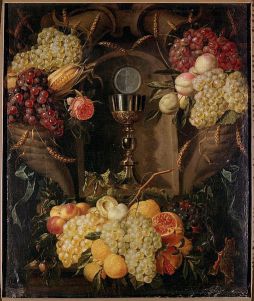 Allegory of the Eucharist Aleaxander Coosemans
Allegory of the Eucharist Aleaxander CoosemansShared under Wiki Creative Commons
centrepiece. But the items surrounding it have a deeper meaning. The cornucopia is a symbol of creation and divine bounty, the wheat stalks and grapes are obviously representations of the Communion wine and bread and the pomegranate and quince are representations of plenty as well as fertility and immortality.
However, there is also a negative to the holiness of the chalice with the phrase ‘the poisoned chalice’. This where a situation or item appears to be good on the surface and then turns out to be the opposite. Shakespeare refers to this in Macbeth Act 1 Scene VII as Macbeth contemplates the murder of King Duncan:
We still have judgment here, that we but teach
Bloody instructions, which, being taught, return
To plague th’ inventor: this even-handed justice
Commends the ingredients of our poisoned chalice
Seek and ye shall find is an old adage and it can often be applied to looking for symbols in a churchyard or cemetery. I think I’ve found just one example of one and then they’re everywhere. And so it was with St Nicholas – I found 4 examples within the churchyard.
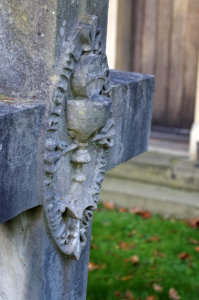 Side view of Rev Murray’s chalice, St Nicholas churchyard, Chislehurst
Side view of Rev Murray’s chalice, St Nicholas churchyard, Chislehurst©Carole Tyrrell
This is dedicated to a former rector of the church, Rev Francis Henry Murray (1820-1902). He was an energetic Rector at St Nicholas for over 56 years and wasn’t afraid to push forward church alterations or change styles of worship despite opposition from Diocesan Bishops. The parishioners were inspired by him to agitate for the establishment of St Katherine’s Rotherhithe. Rev Charles Fuge Lowder, the first vicar of St Peter’s, London Docks and Rev Murray were great friends as they were both leading members of the Society of the Holy Cross. This was formed in February 1855 by a group of 6 Anglo-Catholic clergy. Rev Murray was also responsible for the first publication of the now classic Hymns Ancient and Modern.
Rev Charles Lowder also has a memorial in the churchyard with a chalice portrayed on its other side. He was another energetic, pioneering priest who devoted 24 years of his life to working with the poor in one of the most deprived dockland areas of East London. In 1856, aged 36, he founded the St George’s Mission. This was in response to a request for assistance to the Society of the Holy Cross from the vicar of St George’s in the East. The Society is still in existence worldwide with a membership of over 1000 priests. Every year, on the date of his death in 1880 on the 9 September he is commemorated.
 The front of Rev Charles Fuge Lowder’s monument. St Nicholas churchyard, Chislehurst
©Carole Tyrrell
The front of Rev Charles Fuge Lowder’s monument. St Nicholas churchyard, Chislehurst
©Carole Tyrrell
 Rev Lowder’s epitaph, St Nicholas churchyard, Chislehurst,
©Carole Tyrrell
Rev Lowder’s epitaph, St Nicholas churchyard, Chislehurst,
©Carole Tyrrell
 Chalice on the back of the Lowder memorial, St Nicholas churchyard, Chislehurst,
©Carole Tyrrell
Chalice on the back of the Lowder memorial, St Nicholas churchyard, Chislehurst,
©Carole Tyrrell
 Full view of the back of the Lowder monument. St Nicholas monument.
©Carole Tyrrell
Full view of the back of the Lowder monument. St Nicholas monument.
©Carole Tyrrell
A more modest chalice is on the Greatheed monument which is dedicated to Ellen and Stephen Greatheed. The latter is merely recorded on the epitaph as ‘Priest’ but he wasn’t mentioned on the list of St Nicholas’ rectors inside the church so perhaps he was based at another local church..
 Greatheed chalice/ St Nicholas churchyard, Chislehurst.
©Carole Tyrrell
Greatheed chalice/ St Nicholas churchyard, Chislehurst.
©Carole Tyrrell
 Fuller epitaph. St Nicholas churchyard, Chislehurst
©Carole Tyrrell
Fuller epitaph. St Nicholas churchyard, Chislehurst
©Carole Tyrrell
This is dedicated to Edward Herbert Fuller Jenner and he is also recorded on his epitaph as ‘Priest’ but isn’t listed on the list of previous rectors. Again note the communion wafer above the chalice.
 Closer view of the Fuller chalice. St Nicholas churchyard, Chislehurst.
©Carole Tyrrell
Closer view of the Fuller chalice. St Nicholas churchyard, Chislehurst.
©Carole Tyrrell
 Fuller epitaph. St Nicholas churchyard, Chislehurst
©Carole Tyrrell
Fuller epitaph. St Nicholas churchyard, Chislehurst
©Carole Tyrrell
Finally, as I explored St Nicholas’ interior I looked up at the 19th century stained glass windows and there at the bottom of one window were two angels holding a chalice between them. The Holy Grail perhaps?
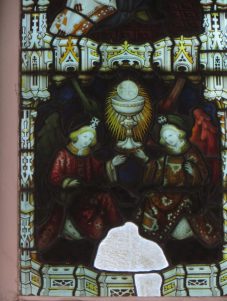 Detail from Victorian stained glass window of possibly the Holy Grail/ St Nicholas church Chislehurst
Detail from Victorian stained glass window of possibly the Holy Grail/ St Nicholas church Chislehurst©Carole Tyrrell
©Text and photos Carole Tyrrell unless otherwise stated.
References and further reading:
Some graves of interest within the churchyard – St Nicholas Church Chislehurst publication
https://www.ancient-symbols.com/symbols-directory/chalice.html
http://www.lsew.org.uk/funerary-symbolism/
https://symbolsproject.eu/explore/others/objects0/cup-/-chalice.aspx
https://www.reference.com/world-view/chalice-symbolize-f6e394fff39e62f0
https://en.wikipedia.org/wiki/Chalice#Poisoned_chalice
https://en.wikipedia.org/wiki/Alexander_Coosemans
http://www.symbols.com/symbol/flaming-chalice
http://www.catholic-saints.info/catholic-symbols/chalice-christian-symbol.htm
https://www.biblegateway.com/passage/?search=Matthew+26-27&version=NIV
http://nfs.sparknotes.com/macbeth/page_40.html
Advertisements Share this:
- More
